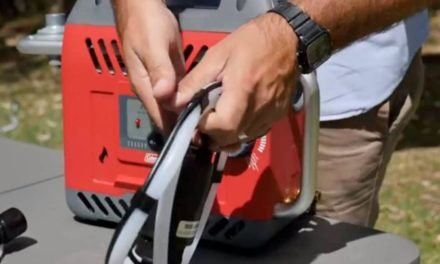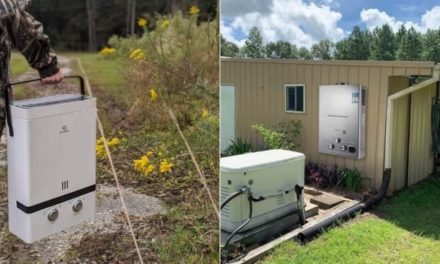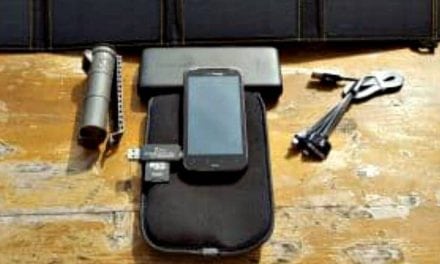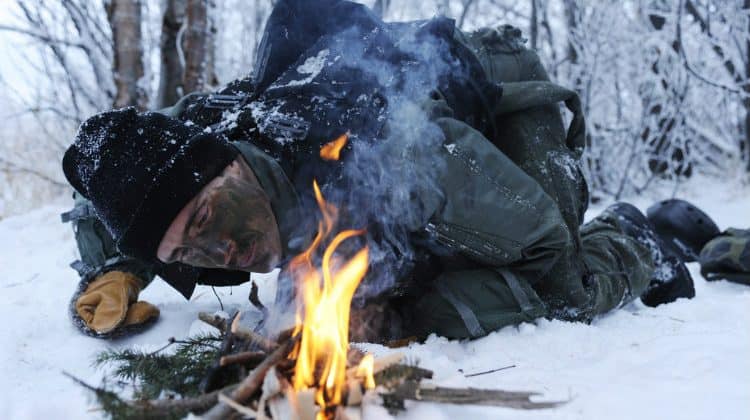
It is difficult to characterize the importance of knowing first aid protocol. It’s like knowing how to run emergency auto repairs – except instead of cars and motorcycles, you’re working on human bodies. Potentially the bodies of your friends and family and perhaps even yourself. And since we are constantly piloting our bodies, understanding how to repair, maintain, and transport broken or compromised human beings is vital knowledge. Therefore, a working knowledge of wilderness emergency medicine is a must.
Wilderness Emergency Medicine
Paramedics, firefighters and doctors won’t always be at the ready, waiting to swoop in and take care of medical crisis on a moment’s notice. Maybe because you are out in the wilderness backpacking with some friends or backcountry skiing. Maybe because a nuclear winter has shut down all federal emergency services.
Whatever the reason, it is more than likely that at some point, you will find yourself in a situation where you need to know some medical basics. Even the most basic, rudimentary knowledge can make the difference between life and death. Of course, the more advanced your understanding and knowledge, the safer you and those around you will be.
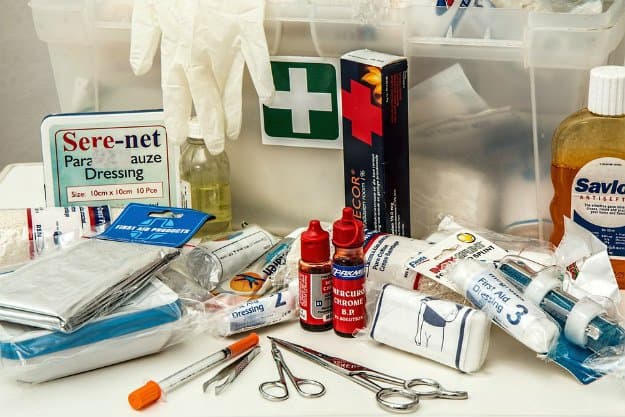
What follows is a very fundamental first aid guide – BUT BE WARNED: by no means is this a substitute for an actual, legitimate first aid course, CPR class, wilderness first aid course, EMT certification, or medical degree. There is a lot of good information in here, but not nearly enough to qualify you as an expert.
*Disclaimer: All content on this site is for informational purposes only. Please read our full disclaimer here.
Safety First
This is sort of an obligatory opening note, but an important one nonetheless: prevention is the best solution. By keeping yourself and those around you safe and out of harm’s way, you avoid the need to use any emergency medical knowledge. Of course, it is still a very useful skillset, but it’s one of those things you hope you never have to actually use – like a fire extinguisher, or earthquake insurance.
Anyway, the point is, stay as safe as possible and you’ll minimize medical emergencies. But unfortunately, shit happens. And it isn’t possible to stay safe all the time, nor would it be agreeable – danger can be fun (in moderation), knowing how to deal with the consequences of danger is the real trick.
Primary Survey and Patient Assessment
This is the first step in addressing any medical situation. Survey and assess. When you come across an emergency, whether it is your friend who trips and breaks her wrist, or a stranger passed out in the woods, you must always check and make sure that the scene is safe. You don’t want to go rushing into harm’s way yourself just to help someone else out. Make sure everything is safe before approaching the scene.
Identify what the problem is if you can. What created the danger? Is the injury life threatening? In order to answer these questions you are going to have to recognize which of the 3 main body systems is being affected:
- Nervous System – What is their level of consciousness, responsiveness? Is there a mechanism for a spinal injury?
- Circulatory System – Do they have a pulse?
- Respiratory system – Are the breathing? How quickly? How deeply?
If you perceive the injury at hand to be life threatening, stabilize the system and do what you can for extraction and/or evacuation. If, however, you do not perceive the injury to be life threatening, move on to a secondary assessment and evaluate patient’s:
- Blood pressure
- Lung sounds
- Pupil dilation
Wounds
Be able to identify low risk wounds from high risk wounds. Wound contamination, crushing wounds, animal bites and open joint spaces are all examples of high risk wounds, whereas a low risk wound might be something like a lacerated finger.
Initiate treatment by controlling the bleeding with strategic and direct applied pressure. Clean the wound as best you can, removing debris and rinsing with saline or clean water. Maintaining pressure, disinfect and bandage the wound to the best of your ability with clean bandages or gauze. Replace the bandages when they start to become dirty to minimize risk of infection, and to speed up the healing process.
Broken Bones
Breaks come in all different shapes and severities. Some are so minor you won’t even notice them – did you know people break their toes multiple times a year without ever realizing it? Other breaks are more conspicuous, and can look absolutely horrifying. So the first step in dealing with a broken bone is to discern how bad it is… Here are a few indicators that it is a very serious bad break:
- The broken bone is either the spine, pelvis or a femur.
- The fracture is open – meaning that you can see the bone protruding from the skin.
- You can visibly see bones are unstable – bent, of track, hanging.
For a stable broken injury, splint and use the R.I.C.E. treatment: Rest, Ice, Compression, and Elevation.
For unstable injuries, use gentle traction to pull the broken limb into position and then splint it in place. This will hold the broken bone from moving around, and allow it to heal at the proper angle. If the injury is still unusable and unstable, do what you can to evacuate the patient.
Burns
Some burns are shallow and others are deep – needless to say, the deep ones are the ones you really need to be worried about. When examining a burn, you must first try and evaluate the depth, extent, and whether any high risk areas were burned (genitals, face/neck, or palms/soles of feet). Cool the burn with cool water or ice and protect it with a cool, wet, clean bandage. Continue to cool the injury and replace bandage as necessary.
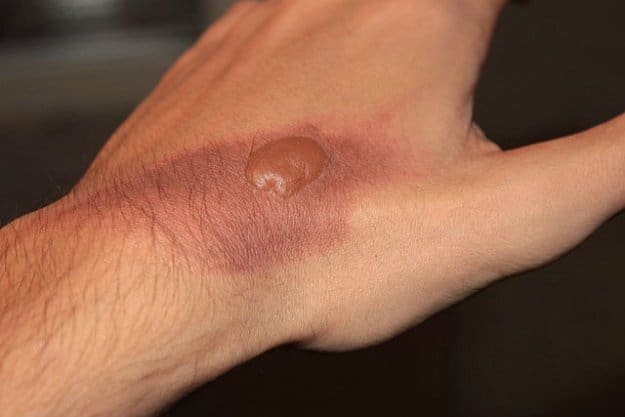
Hypothermia
The big thing to be able to identify. Here is the difference between mild and severe hypothermia:
- Symptoms of Mild Hypothermia: shivering, dizziness, increased heart rate, fatigue, lack of coordination, trouble speaking, faster breathing, and nausea
- Symptoms of Severe Hypothermia: NO shivering (severely hypothermic patients won’t shiver), weak pulse, shallow breath, clumsiness and lack of coordination, slurred speech/mumbling, and drowsiness and low energy.
To treat a patient suffering from mild hypothermia, give them oral fluids like water, orange juice, or tea. Give them food for calories (and thereby interior heat). And protect them as best you can from the environment – this might mean wrapping them in blankets and moving them closer to the fire, or building an ice cave to escape freezing winds.
Severe hypothermia is very dangerous. Patients must be wrapped in insulation as best as possible to prevent further heat loss (space blankets are the best material for this, but anything will do in a pinch). Handle the patient very carefully, and begin extraction – without appropriate professional treatment death is a high possibility. So act fast.
Heat Illness
In really hot climates, people suffer from heat exhaustion and dehydration all the time – especially when they are doing something strenuous like hiking or building something. The important thing to do first, is administer fluids and electrolytes (a bottle of powerade or gatorade is perfect for this, but plain old water will do just fine.) Do what you can to cool the person down with external fluids and shade. If the problem progresses to heat stroke, treat with immediate and very aggressive cooling and work on an evacuation plan.
Allergic Reactions/Anaphylaxis
Allergic reactions can be really mundane, really un-worrisome – but they can also spell near-instantaneous death. Local, non-serious allergic reactions can be treated with cool compression, and topical allergy cream. If the reaction is mild, try oral allergy medication. And if it escalates to anaphylaxis (symptoms: Trouble breathing, tight throat, hives and swelling, nausea, abdominal pain, diarrhea, dizziness, fainting, low-blood pressure, rapid heart beat, feelings of doom, cardiac arrest) you should administer epinephrine (AKA an epi-pen) and oral allergy medications.
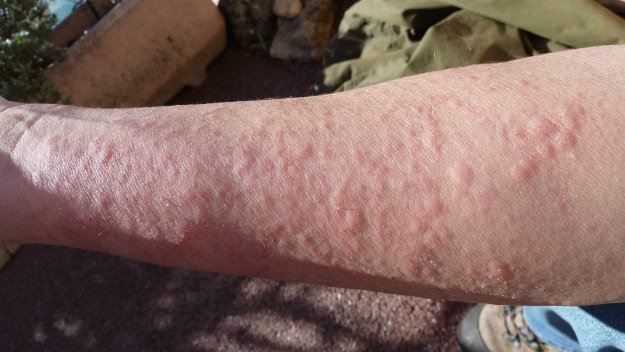
The First Aid Kit
First aid kits are man’s medical best friends. I keep one in my backpacking backpack, my car, my kitchen, my bug-out-bag, and even in my desk. Not every first aid kit has to be totally comprehensive – most of mine are just your basic disinfectants, antibiotic creams, bandages, gauze, etc. that come in the first aid kit’s you’ll find at Wal-Mart or Target.
But having one really good, really refined first aid or medical kit is essential. The generic ones are great, but they leave a lot to be desired – especially on the personal front. I recommend building your own medical/first-aid kit from scratch so you can tailor the size, scope, and details to fit you and your loved ones. Include your personal prescription meds, epinephrine if you have allergies, extra of your prescription glasses, special medical notes or reminders, personal vitamins, whatever! Just make sure that you have at least one medical bag that is extensive and personalized.
Keep in mind that this is the first line of defense in any medical situation. If you are caught out in the wilderness without a first aid kit on hand and have to deal with an emergency, you will be in a very tricky spot. That is where improvised medicine comes into play – which is a dangerous game. Better to just be prepared in the first place and keep a good, reliable medical/first-aid kit on hand.
Unaided First Aid
None of us ever want to find ourselves in a situation where we are dealing with a serious medical emergency. Because that likely means either you or someone close to you got hurt – and even if it doesn’t, it means you have to deal with helping a stranger through a medical situation. It’s never a good time.
But understanding basic medical concepts, principles and technique can be the difference between life and death. Knowing first aid, and understanding how to treat injuries and evacuate patients from bad scenarios is an invaluable skill.
But, as mentioned, this article is by no means a substitute for a real first aid course, but at least it serves to offer a general overview of what you can do in the face of a medical emergency. And if there is no one else around to help, no cops, no firemen, no EMT’s or paramedics, then you are the primary caregiver. You are responsible for treating and caring for your patient.
Up Next: Unusual Weapons From Around The World And How To Use Them
For awesome survival gear you can’t make at home, check out the Survival Life Store!
If you’re looking for other wilderness emergency medicine products, check out these options:
- For comprehensive information the Field Guide to Wilderness Medicine: Expert Consult book is a must.
- In order to prepare for a group, this 250 Piece First Aid Kit is an excellent options.
- For a compact and minimal kit, check out this First Aid Kit – 60 Pieces – Small and Light Soft Shell Case.












